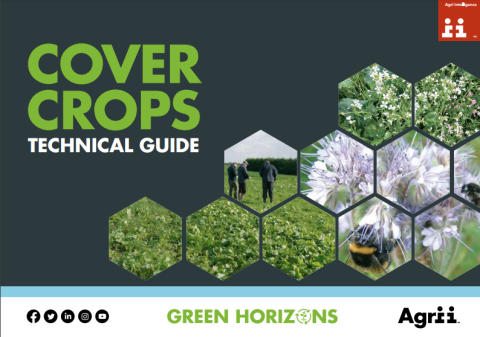The guide covers key benefits from growing cover crops, as well as information on different cover crop species and mixtures.
Download the guide below.

Technical Guide
The guide covers key benefits from growing cover crops, as well as information on different cover crop species and mixtures.
Download the guide below.
Regenerative farming looks to optimise the use of the ecological system and environment, in order to benefit from the natural ecosystem services that they provide.
Tell us how you are improving your soils. Share useful resources, organisations and initiatives.
Agroecology is a holistic and integrated approach that simultaneously applies ecological and social concepts and principles to the design and management of sustainable agriculture and food systems. Definition from FAO.
Agrii harnesses the power of skilled agronomists and the best intelligence to deliver unrivalled expertise and support for sustainable and profitable farming systems in the UK.
The livestock industry is an integral part of the agricultural sector, encompassing various aspects of animal husbandry and production. It plays an important role in global food security and supports the livelihoods of millions of people worldwide.
Animal nutrition plays a crucial role in livestock agriculture for several reasons, as it directly impacts the health, productivity, and overall wellbeing of farm animals.
Share information, knowledge, resources and experience on how we can improve crop perfomance (yield, quality and profitability) whilst reducing reliance on input, reducing impacts and improving environmental performance.
Cover crops are grown primarily to ‘protect or improve’ soils between periods of regular crop production. They can be effective at improving soil functions by increasing soil nutrient and water retention, improving soil structure/quality, reducing the risk of soil erosion, surface run-off and diffuse pollution by providing soil cover and by managing weeds or soil-borne pests.